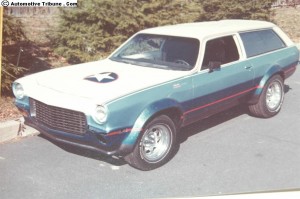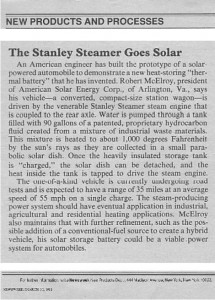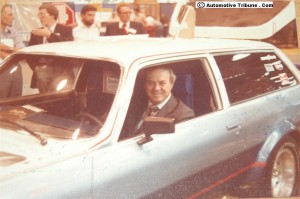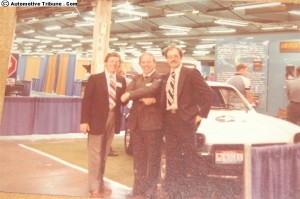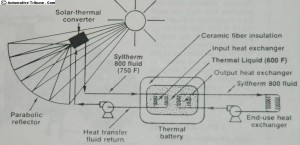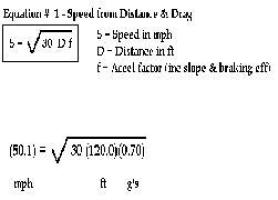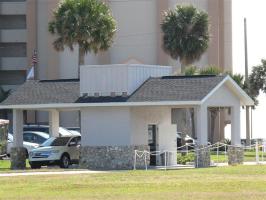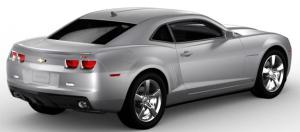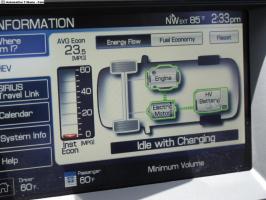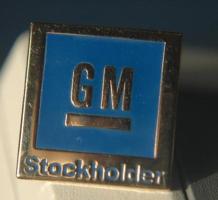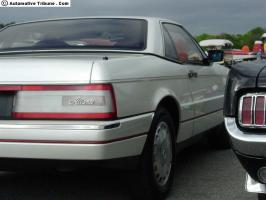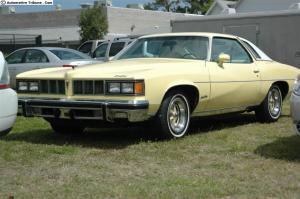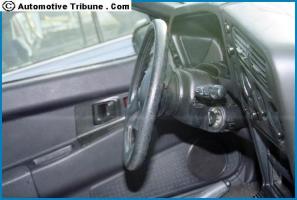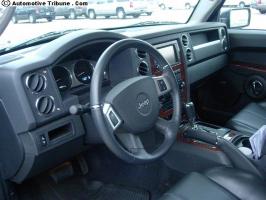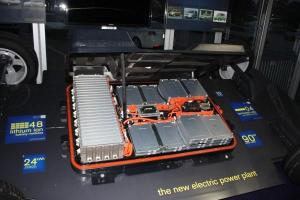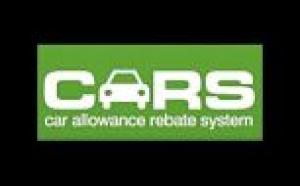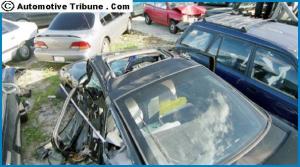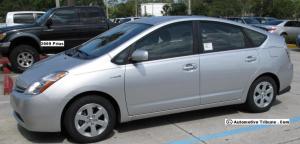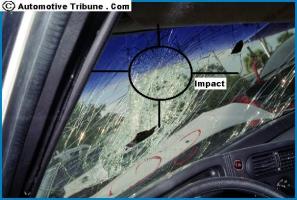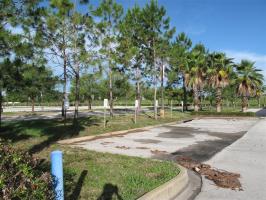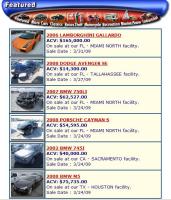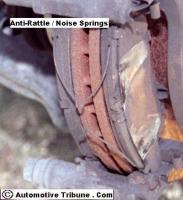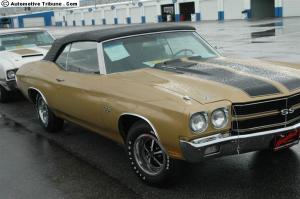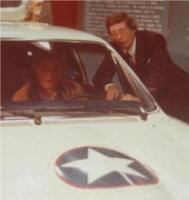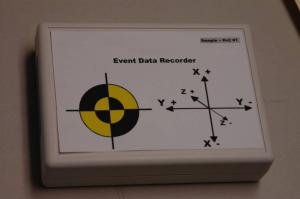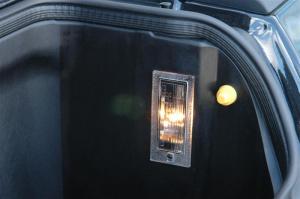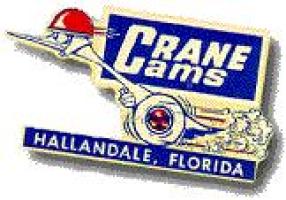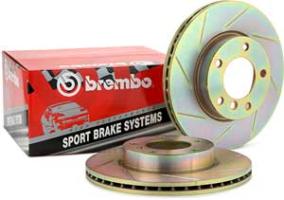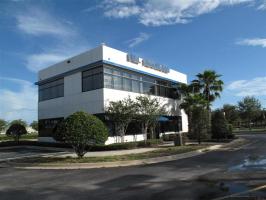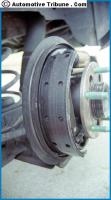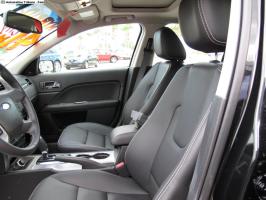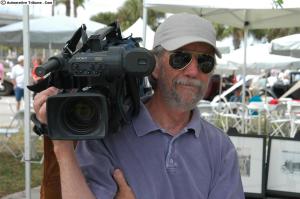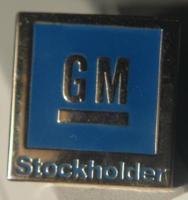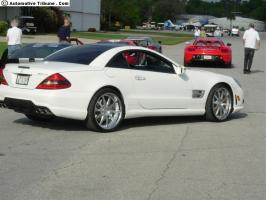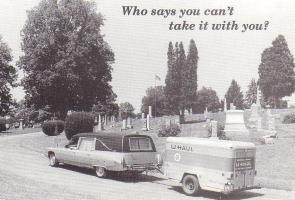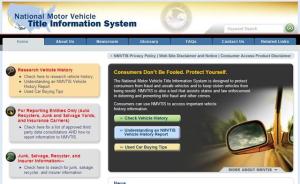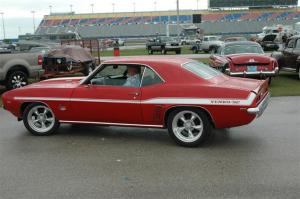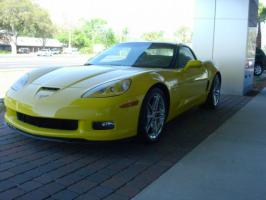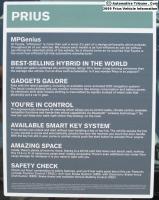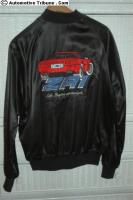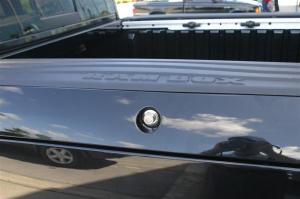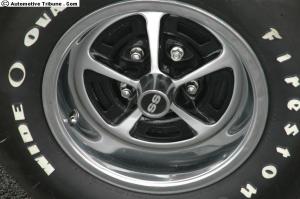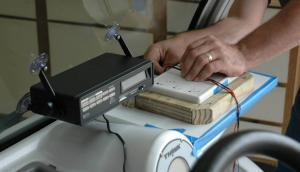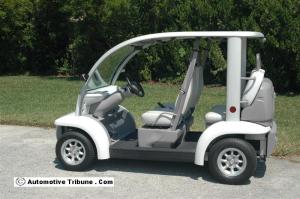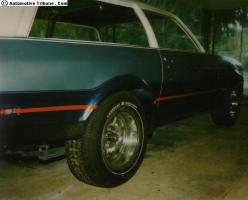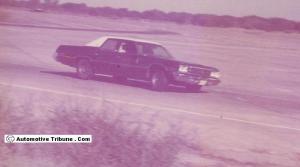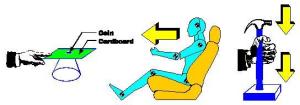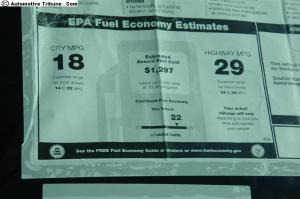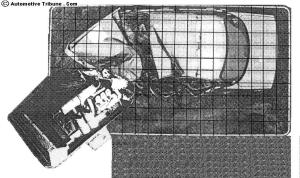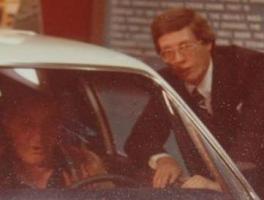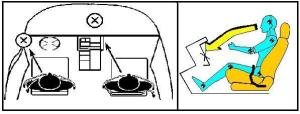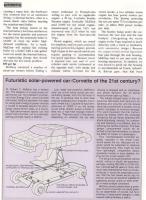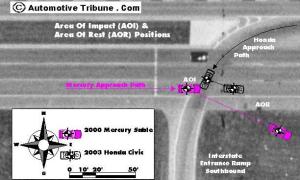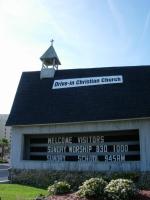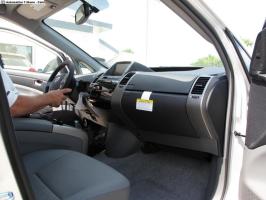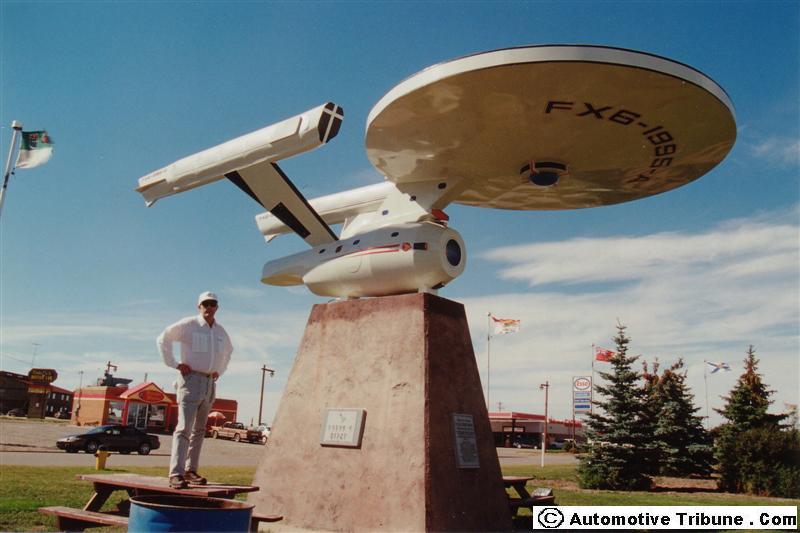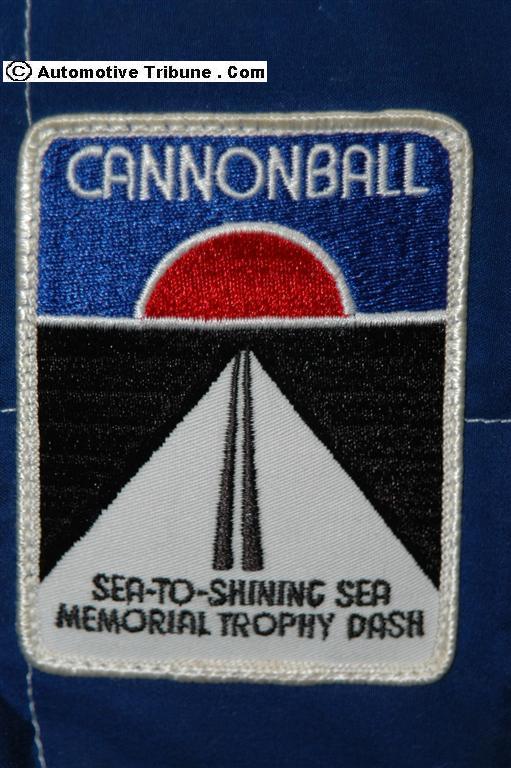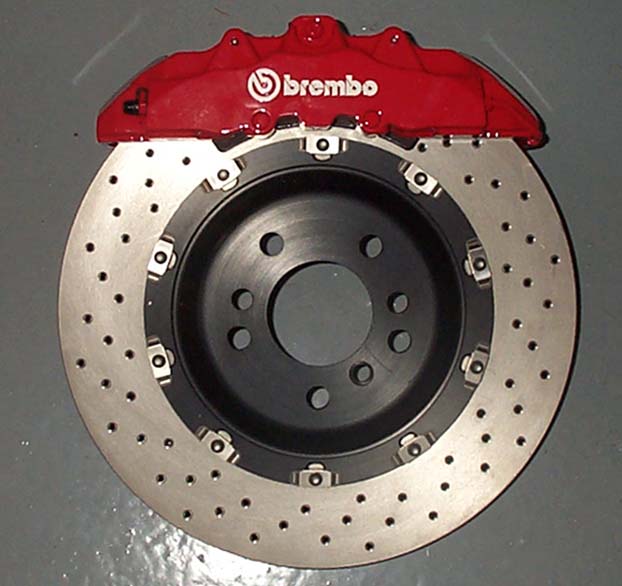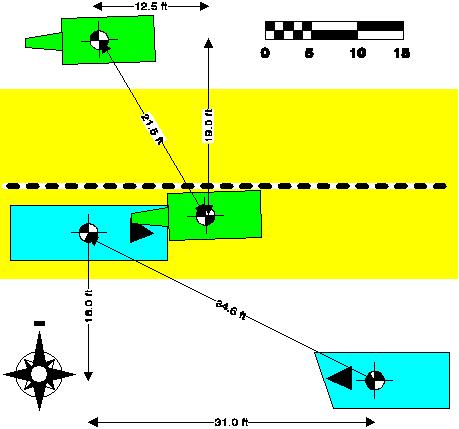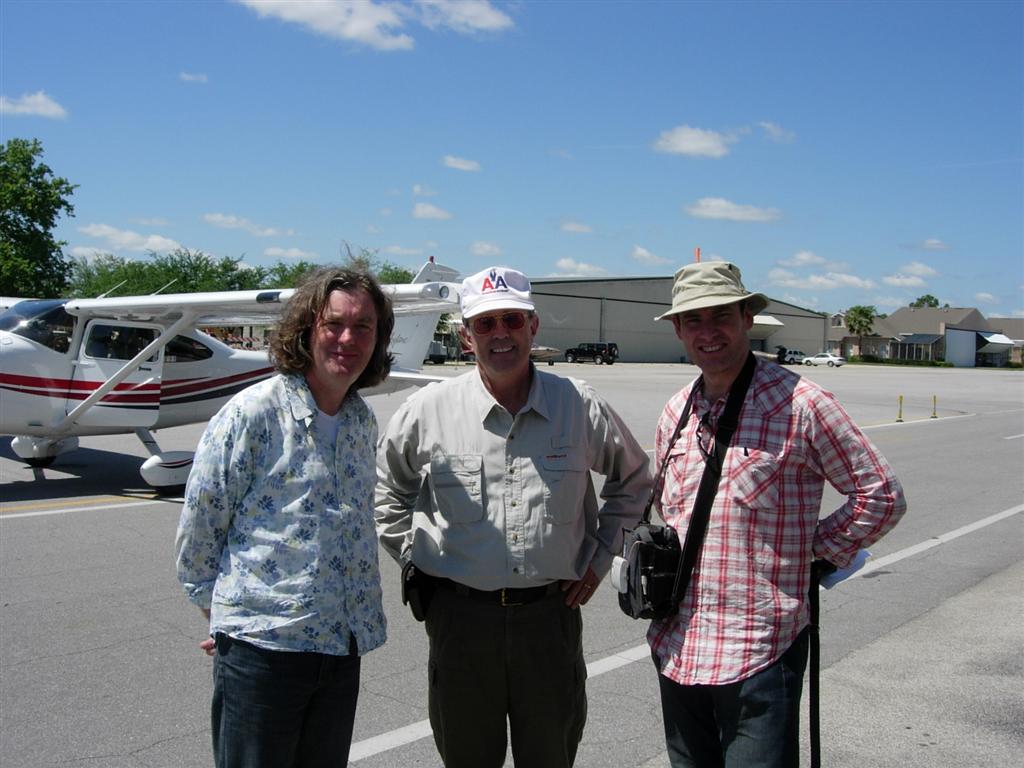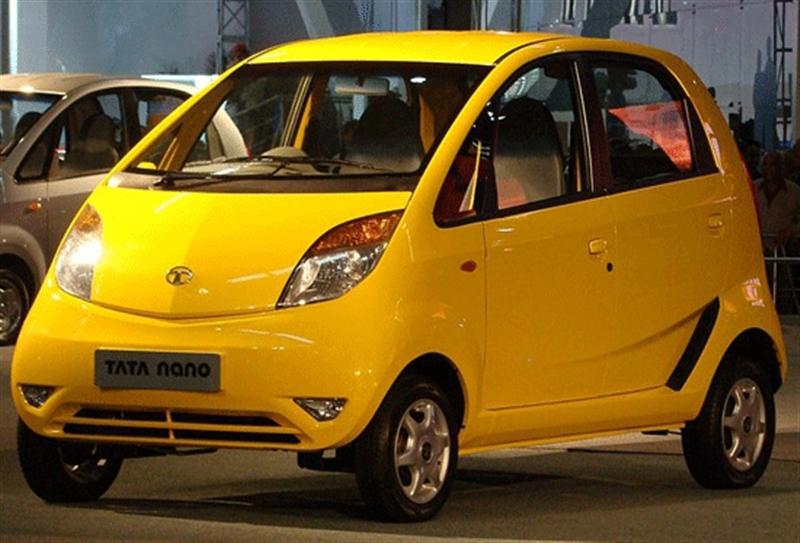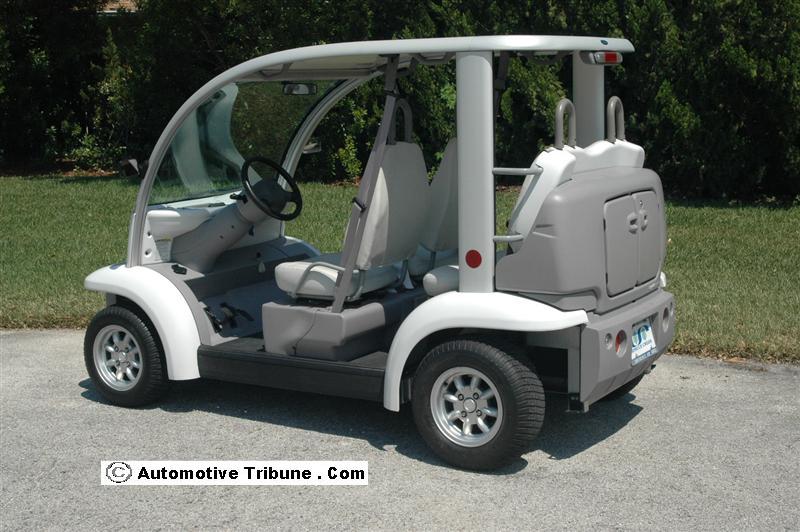The Solar Powered Steam Car
The Solar Powered Steam Car
Reprinted from Volume 23, #3 of The Steam Automobile
(Fall, 1981 issue, pages 32-36)
Editor’s Note: this submission came to the Automotive Tribune from Peter Brow who had originally posted the article on on his site. Peter had spotted an article in the Steam Automobile Club of America from 1981 and had found significant interest and some of the commentary is included here. Additional information about the Solar-Thermal Hybrid Vehicle is included at this link for the Automotive Tribune. In our archives we have a copy of this particular 1981 SACA magazine which were unable to locate to add a photograph of the magazine cover and for possible inclusion of graphics and artwork that would be relevant to the reader.
Note: Peter Brow’s updated comments following this article, below.
[1-30-2001]
Introduction:
Here is a very interesting article on a technology which I think holds great promise for the future. Imagine a future where all cars are powered directly by solar energy without toxic electric batteries or gaseous emissions. I believe the heat-battery steam car technology described in the following article can be developed to where solar steam cars are quickly refueled by draining cooled “thermal liquid” out of onboard tanks and pumping in hot “thermal liquid” heated at desert solar-collector farms. The hot thermal liquid pumped into the car’s tanks generates steam, which runs a steam engine, which propels the car. The cool liquid is shipped back to the solar farms for reheating, and hot liquid is transported from solar farms to distant cities, especially those in less-sunny areas, via insulated pipelines or insulated road or rail tankers.
Due to the simplicity of the equipment and the low cost of the materials, I think nonpolluting solar cars like these could run at a lower overall cost per mile (purchase, maintenance, and energy) than cars powered by fossil fuels, electric batteries, fuel cells, etc.. My calculations indicate that the range of these solar cars could be economically extended to about 200 miles with extra solar heat-tank capacity.
Homes could be heated by pipelined solar “thermal liquid” too, and small steam-powered generators at each home could provide all electrical service.
So we may someday have a world whose energy not only comes entirely from the sun, but where energy is both cleaner and cheaper too!
Check out the following article, and see what you think. Eventually I will try to scan the pictures from the article, and include them on this page.
On-board “thermal battery” can be charged by parabolic reflector to provide boiler heat for steam-driven experimental car. Widespread application of propulsion concept could result in sizeable energy savings.
————————-
With a hiss and a burst of steam, the solar-powered test car jumped to life. I drove a short distance, eased to a stop, checked the steam-pressure and thermal-battery temperature gauges, shifted into reverse and returned. The car had moved smoothly with surprising power, and solely by heat energy stored on board.
An intriguing contrivance — a 1977 Vega wagon stripped of its engine, transmission, and drive shaft, and refitted with a 1915 Stanley engine, a monotube flash boiler and a 700 lb thermal battery — the experimental car effectively demonstrated the feasibility of using solar energy for vehicular propulsion. The thermal battery, a unique heat sink and the key element in the design, contains a stable, high-temperature, heat-storage material that can be charged (heated) by a high-temperature solar concentrator, such as a parabolic reflector (for convenience a small oil burner charges the thermal battery during testing). Water pumped through the monotube boiler, which is submerged in the heat-storage material, produces steam to run the engine. … Continue Reading

